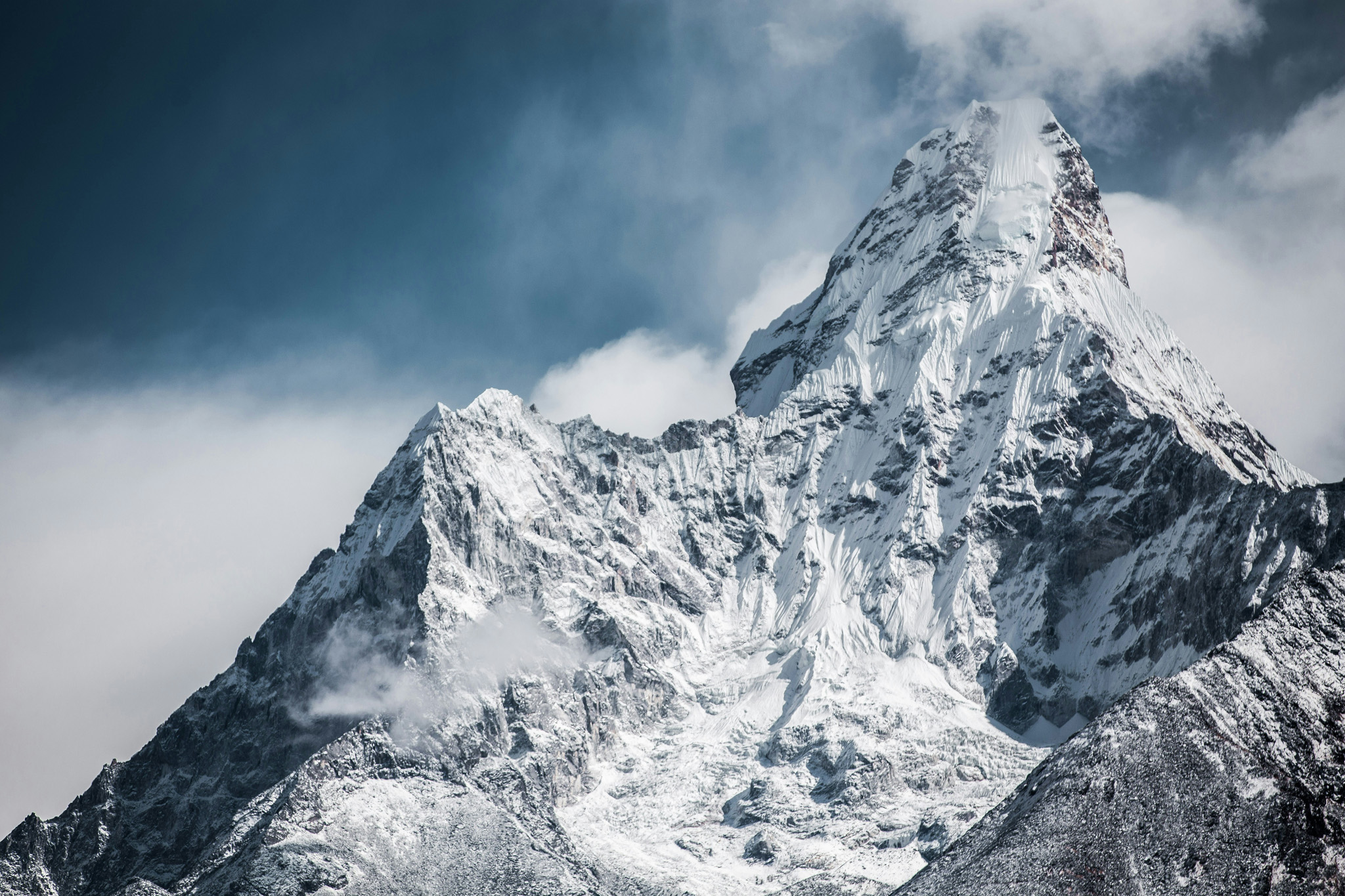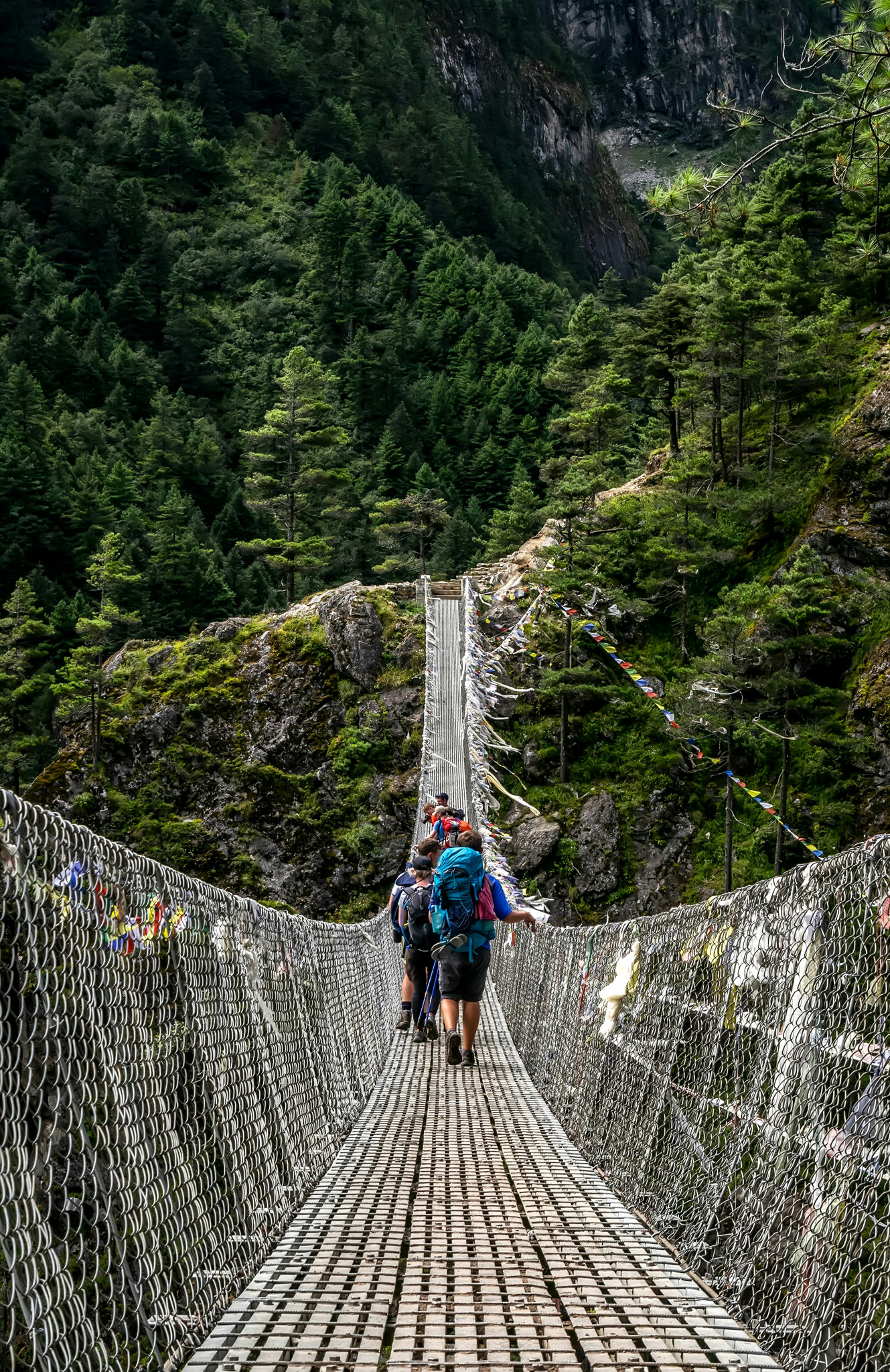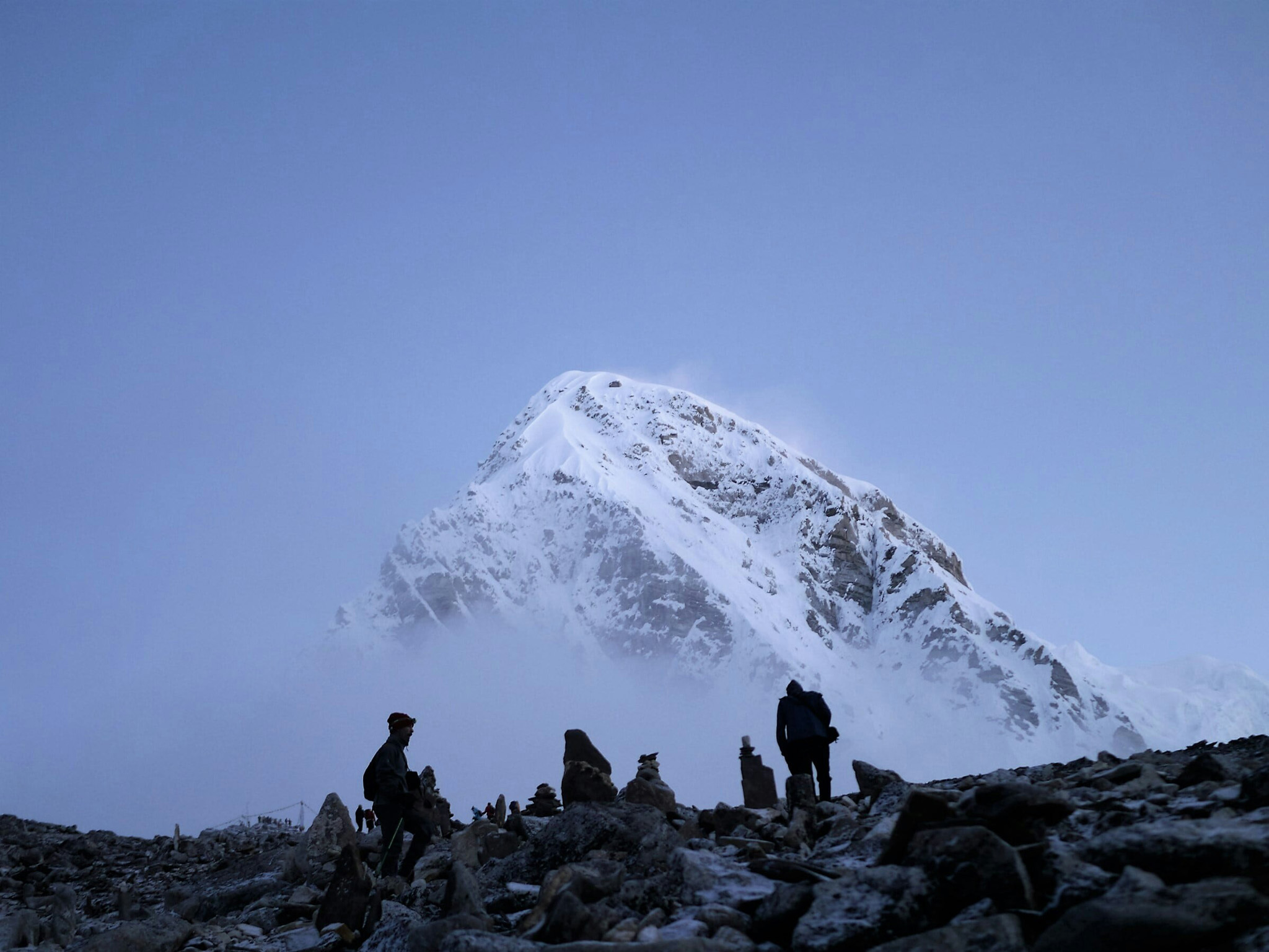Everest Base Camp – Destination Guide
Trekking to Everest Base Camp (EBC) is one of the most iconic adventures on the planet. At 5,364 m above sea level, it’s not just a physical journey – it’s a walk through the heart of Sherpa culture, ancient monasteries, and the towering Himalayan giants. Whether you’re drawn by the challenge, the scenery, or the bragging rights, the EBC trek is bucket-list worthy.
Here’s a quick guide to help you prepare – including essential info on Nepal, questions to ask your trekking company, and a full packing list.

🧭 What to Expect on the Trail
- Duration – Most EBC treks take 12–14 days round trip from Lukla (including acclimatization days)
- Difficulty – Moderate to challenging. Altitude is the biggest hurdle, not the terrain
- Best Time to Go – March to May or October to early December for the clearest skies and ideal conditions
- Permits Required – TIMS Card and Sagarmatha National Park Permit (usually arranged by your guide/company)
- Accommodation – Teahouses (basic lodges) along the route with communal dining areas and twin rooms
- Food – Dal Bhat, noodles, momos, and yak cheese. Simple, filling and mostly vegetarian

❓ Questions to Ask Your Trekking Company
- Is altitude sickness training or emergency planning included?
- Are guides certified in first aid and AMS (acute mountain sickness) response?
- Is your itinerary flexible in case of weather or health delays?
- Do you include domestic flights (Kathmandu–Lukla–Kathmandu) in the package?
- What’s the guide-to-trekker ratio?
- Are porters included, and what’s the weight limit per person?
- Are meals and accommodation fully included or extra?
- What kind of sleeping bag and gear is provided, if any?
🤝 Tipping Guide
We recommend tipping $4 USD per traveler, per day for your trekking crew (assistant guides and porters), to be shared at the end of the trek. For additional crew such as local guides, drivers, or cooks, tip $2–4 USD per person, per day.
Please avoid giving coins, very small denominations, or damaged notes, as these may be considered disrespectful.

🇳🇵 Practical Info for Nepal
- Visa – Tourist visas can be obtained on arrival at Tribhuvan International Airport (USD $30 for 15 days, $50 for 30 days)
- Currency – Nepalese Rupee (NPR). ATMs are available in Kathmandu but unreliable in the mountains
- Internet – Spotty. Teahouses offer paid Wi-Fi (Everest Link cards), but don’t expect Netflix speeds
- Electricity – Mostly solar-powered in the mountains. Bring a power bank and charge when you can
- Water – Never drink tap water. Use a water purifier or buy boiled water from lodges
- Vaccinations – Recommended: Hep A, Typhoid, Tetanus. Speak with a travel clinic beforehand
- Travel Insurance – Must include high-altitude trekking and helicopter evacuation
For a more comprehensive guide, check out our Nepal Destination Guide here: https://bestintravelgroup.com/nepal-destination-guide/

🎒 EBC Trekking Clothing and Equipment Packing List
🧥 Clothing
- Base layers
- Insulation layer
- Waterproof jacket
- Trekking trousers/pants
- Lightweight cotton long pants
- Fleece or wool pants (seasonal)
- Hiking shorts
- Trekking shirts
- T-shirts
- Down jacket
- Fleece jacket
- Breathable undergarment
⛑️ Headwear
- Sun hat / warm fleece hat
- Beanie
- Neck gaiter
- UV protected sunglasses
🧤 Handwear
- Inner gloves
- Insulated outer gloves
🥾 Footwear
- Hiking boots
- Sandals
- Warm trekking socks
- Light socks for tour
- Gaiters
🪥 Toiletries
- Sunscreen
- Toilet paper
- Wet tissues
- Lip balm
- Soap
- Toothpaste and toothbrush
- Hand sanitizer
- Pee funnel
- Feminine hygiene products
📸 Extras / Miscellaneous
- Day backpack
- Rain cover
- Sleeping bag rated to -10°C
- Liner
- Ear plugs
- Trekking poles
- Headlight with extra batteries
- Water bottle
- Water purifier
- Quick drying towel
- Lock
- Camera / binocular
- Portable power bank
- Reading books
- Travel games (chess, backgammon, scrabble)
- Swimming costume (for Kathmandu and natural hot springs)
- Documents
- Travel insurance
- Passport sized photos
- Visa
- Passport

Final Tip:
Take your time, hydrate constantly, and don’t underestimate the altitude. It’s not a race – the journey to EBC is just as unforgettable as the destination. Happy trekking! 🏞️
